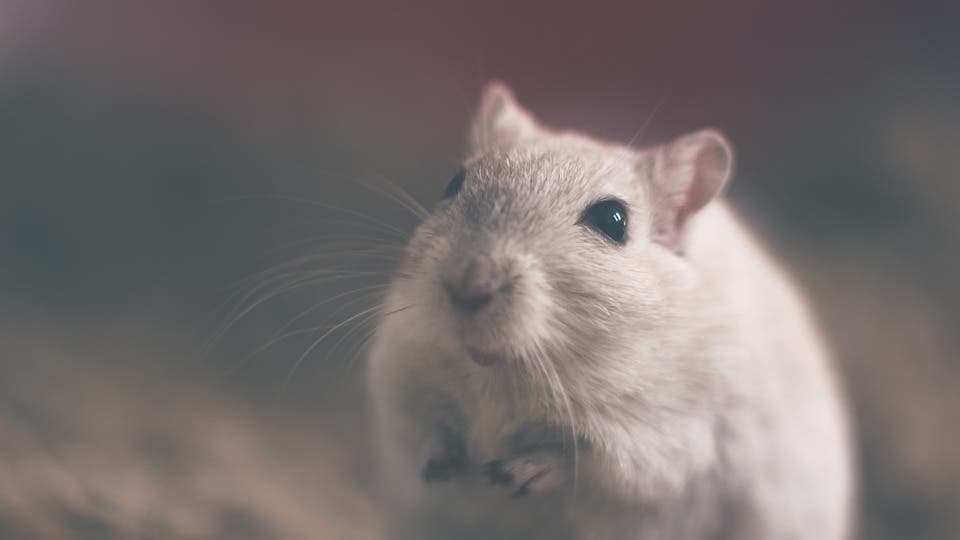Humans have two sets of teeth, the second of which is meant to replace our temporary deciduous teeth or “baby teeth.” Other animals, such as reptiles or fish, can regenerate teeth indefinitely during their lifetime. Mice, however, are born with a single set of teeth.
Looking to understand the evolutionary drivers between different tooth replacement strategies, researchers at the King’s College London studied dental development in mice. They identified a molecular signaling pathway in the rodents’ dental lamina, the area that forms the teeth, and using genetic techniques managed to regenerate a new set of teeth.
The researchers, led by Professor Abigail Tucker, first compared gene expression in the dental lamina of the mouse and the minipig, which has two sets of teeth.
The research team found that Wnt signaling, which is normally required for tooth replacement in other vertebrates, is missing in a rudimentary form of the dental lamina (RSDL) in mice.
Using genetic techniques, the researchers activated this signaling pathway in the mouse RSDL, revitalizing the structure and ultimately leading to the formation of new teeth.
The study shows that RSDL may be a source of replacement teeth in mice and provides an experimental framework for studying the mechanisms behind replacement.
“Why the potential for tooth replacement varies so much across vertebrates is an intriguing question”, explains PhD student Elena Popa. “Our results show that, although the mouse normally does not form a second replacement set of teeth, it still has the potential to do so given the right signals.”
The authors also reported that culturing RSDL in isolation resulted in tooth formation, suggesting that the previous set of teeth also influences the development of the next.
Professor Tucker explains: “This is relevant to human tooth replacement, as structures similar to the RSDL have been identified next to the permanent teeth during development. In normal development of our teeth, therefore, the second set or permanent tooth may inhibit the generation of a third set of teeth.”
The findings appeared in the journal Development.










